Struggling to tell cilantro from parsley or basil from mint? You're not alone. Over 68% of home cooks mix up common herbs, ruining dishes and wasting money. This guide cuts through the confusion with simple visual identification techniques anyone can use. Skip the scientific jargon—we'll show you exactly how to distinguish herbs using everyday observations you can spot at the grocery store or in your garden.
Quick Reference: Most Common Herb Mix-Ups
Before we dive deeper, here's how to instantly tell the top 3 confused herb pairs apart:
| Confused Pair | Instant Visual Test | Smell Test | Common Mistake |
|---|---|---|---|
| Cilantro vs Parsley | Cilantro leaves are more rounded with smooth edges; parsley has pointy, jagged edges | Cilantro smells citrusy/soapy; parsley has mild grassy scent | Using parsley in salsa (needs cilantro's bright flavor) |
| Basil vs Mint | Basil leaves are broad and smooth; mint has jagged edges and fuzzy texture | Basil smells sweet-peppery; mint gives cooling sensation | Adding mint to pasta (creates weird flavor clash) |
| Rosemary vs Thyme | Rosemary looks like pine needles; thyme has tiny oval leaves | Rosemary is strong pine-like; thyme is subtle and earthy | Using rosemary in delicate fish dishes (overpowers flavor) |
Why Getting Herbs Right Matters
Mixing up herbs isn't just inconvenient—it completely changes your dish. Cilantro adds bright freshness to Mexican food, while parsley just adds green color. Basil makes Italian dishes sing, but mint creates a weird flavor clash. Getting it right means the difference between restaurant-quality meals and disappointing dinner fails.
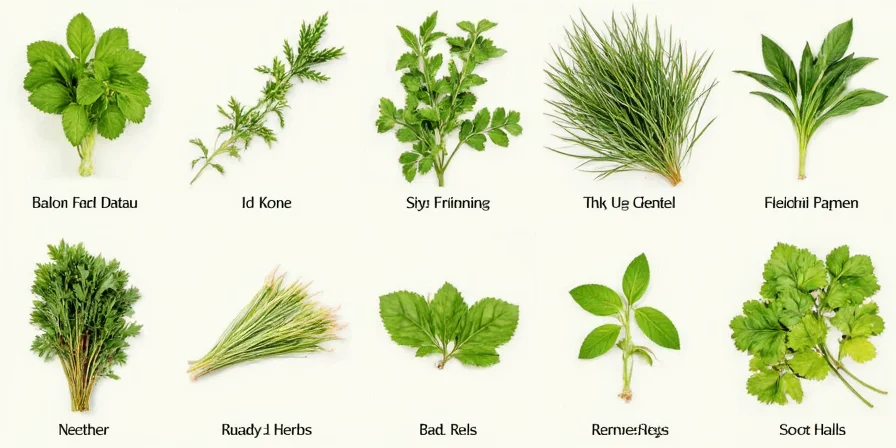
Fig. 1: Real-life comparison showing how to tell similar-looking herbs apart using everyday observations
Step-by-Step Identification Guide
No botany degree needed! Here's how to identify 6 common herbs using simple observations anyone can make:
| Herb | Look For | Touch Test | Better Substitutes |
|---|---|---|---|
| Basil | Broad, smooth leaves; square stem | Leaves feel soft and slightly velvety | Oregano (in cooked dishes only) |
| Cilantro | Rounded leaves with smooth edges | Stems snap easily when bent | Flat-leaf parsley + lime zest |
| Parsley | Pointy, jagged leaf edges | Leaves feel firm and crisp | Cilantro (in non-Mexican dishes) |
| Dill | Feathery, delicate leaves | Leaves feel soft like ferns | Fennel fronds (similar flavor) |
| Rosemary | Long, thin needles (like pine) | Stiff and prickly to touch | Thyme (use 2x amount) |
| Thyme | Tiny oval leaves on thin stems | Stems bend before breaking | Oregano (in Mediterranean dishes) |
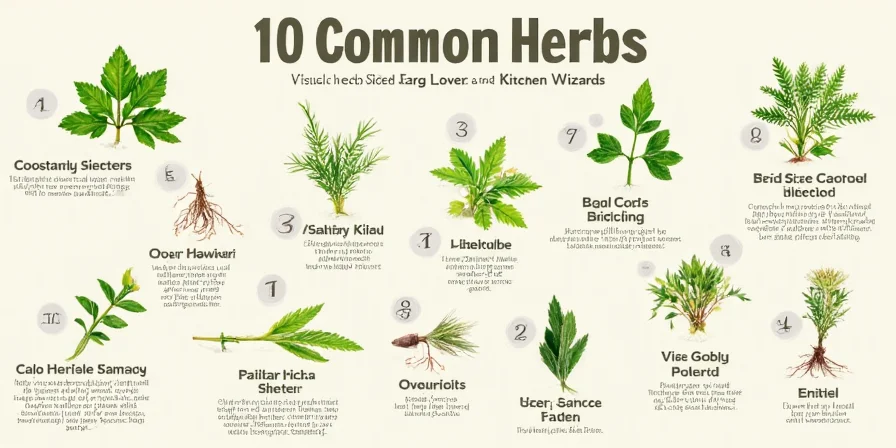
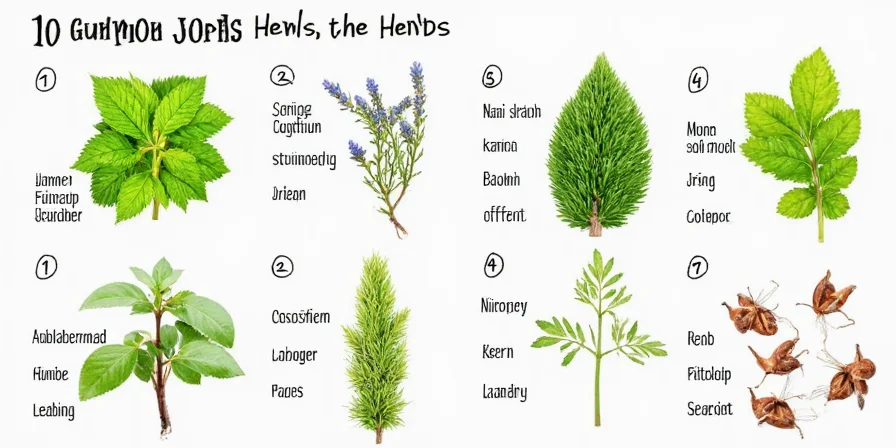
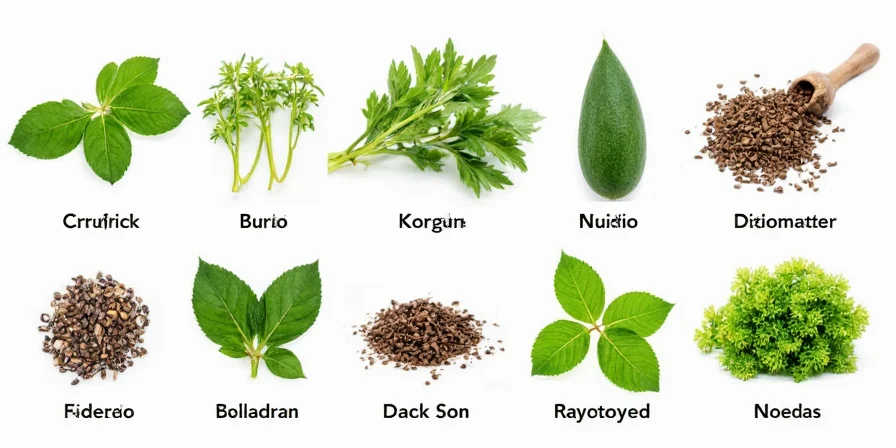
When You're Stuck: 3 Foolproof Tests
Can't tell them apart? Try these simple tests that work every time:
- The Crush Test: Rub a leaf between your fingers—basil smells sweet, mint cools your skin, rosemary smells like pine
- The Bend Test: Bend a stem—cilantro snaps easily while parsley bends first
- The Water Test: Place stems in water—basil stems turn black quickly while mint stays green
Most Common Herb Substitution Mistakes
These common swaps will ruin your dish:
- Cilantro for Parsley in Salsa: Without cilantro's citrusy flavor, your salsa will taste flat and boring
- Mint for Basil in Pesto: Mint creates a weird cooling effect that clashes with Italian flavors
- Rosemary for Thyme in Fish: Rosemary's strong pine flavor overwhelms delicate seafood
- Dill for Cilantro in Tacos: Dill's anise flavor doesn't work with Mexican spices
- Dried Basil for Fresh in Caprese: Dried basil lacks the bright flavor needed for fresh tomato dishes
Proper Storage for Longer Freshness
Make your herbs last 2-3x longer with these simple tricks:
- For Cilantro & Parsley: Store upright in a glass with 1 inch of water, like flowers (change water every 2 days)
- For Basil: Keep at room temperature—refrigeration turns it black
- For Rosemary & Thyme: Wrap in slightly damp paper towel inside a plastic bag
- For All Herbs: Never wash until ready to use—water speeds up spoilage
Regional Herb Variations You Should Know
Same name, different plant—these regional differences cause confusion:
- Cilantro vs Coriander: Same plant! Cilantro = leaves, coriander = seeds
- Mexican vs Mediterranean Oregano: Mexican oregano is stronger and more citrusy
- Italian vs Curly Parsley: Italian (flat-leaf) has better flavor for cooking
- Thai vs Sweet Basil: Thai basil has purple stems and anise flavor
Frequently Asked Questions
How can I tell cilantro from parsley when they're young plants?
Look at the leaf edges—cilantro has smooth, rounded edges while parsley has jagged, pointy edges. Cilantro also has a stronger citrus smell even when young.
Why does my basil turn black after washing?
Basil is sensitive to cold water and refrigeration. Always use room temperature water and dry gently with a paper towel. Store at room temperature in a glass with water, like flowers.
Can I substitute dried herbs for fresh?
Use 1 teaspoon dried for every 1 tablespoon fresh herbs. But avoid substituting dried for fresh in raw dishes like salads or garnishes—dried herbs lack the bright flavor needed.
Why does cilantro taste like soap to me?
About 21% of people have a gene that makes cilantro taste soapy. If you're one of them, use flat-leaf parsley with a squeeze of lime instead—it gives similar freshness without the soapy taste.
How long do fresh herbs last in the fridge?
Most last 1-2 weeks when stored properly. Cilantro and basil spoil fastest (4-7 days), while rosemary and thyme can last 2-3 weeks. Change water every 2 days for herbs stored in water.
Final Tips for Herb Success
Mastering herb identification is simpler than you think. Remember these three rules: 1) When in doubt, smell it—each herb has a distinctive scent, 2) Look at the leaf edges first (smooth vs jagged), 3) Never substitute strong herbs (rosemary, mint) for delicate ones. With these simple techniques, you'll never ruin a dish by using the wrong herb again. The difference between good cooking and great cooking often comes down to using the right herb at the right time.

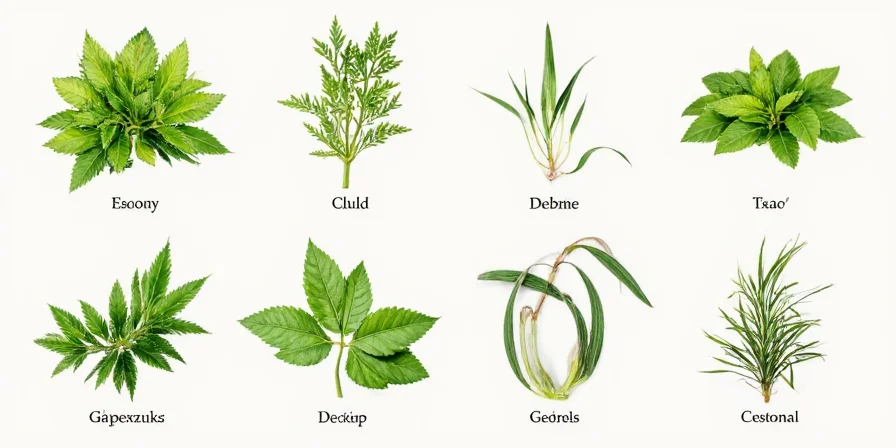









 浙公网安备
33010002000092号
浙公网安备
33010002000092号 浙B2-20120091-4
浙B2-20120091-4